
The Ultimate Guide to Hydrangea Euphoria Pink
Discover the Hydrangea serrata 'Euphoria Pink', a stunning variegated hydrangea with vibrant pink blooms. Learn about its characteristics, cultivation, and care in this comprehensive guide.
Read MoreEvery now and then, the gardening world buzzes with the whisper of something truly extraordinary. The most recent rumour? A glow-in-the-dark hydrangea that lights up your garden after sunset, no UV lights or soil additives required. While this idea may sound like science fiction - or perhaps just clever marketing - the question remains: is there any truth to it?
In this article, we explore what is known (and not known) about glow-in-the-dark hydrangeas, backed by real science and trustworthy sources from both the UK and the US. We examine whether the phenomenon is feasible, what may be causing the “glow”, and what it means for gardeners who are always looking for the next big thing.
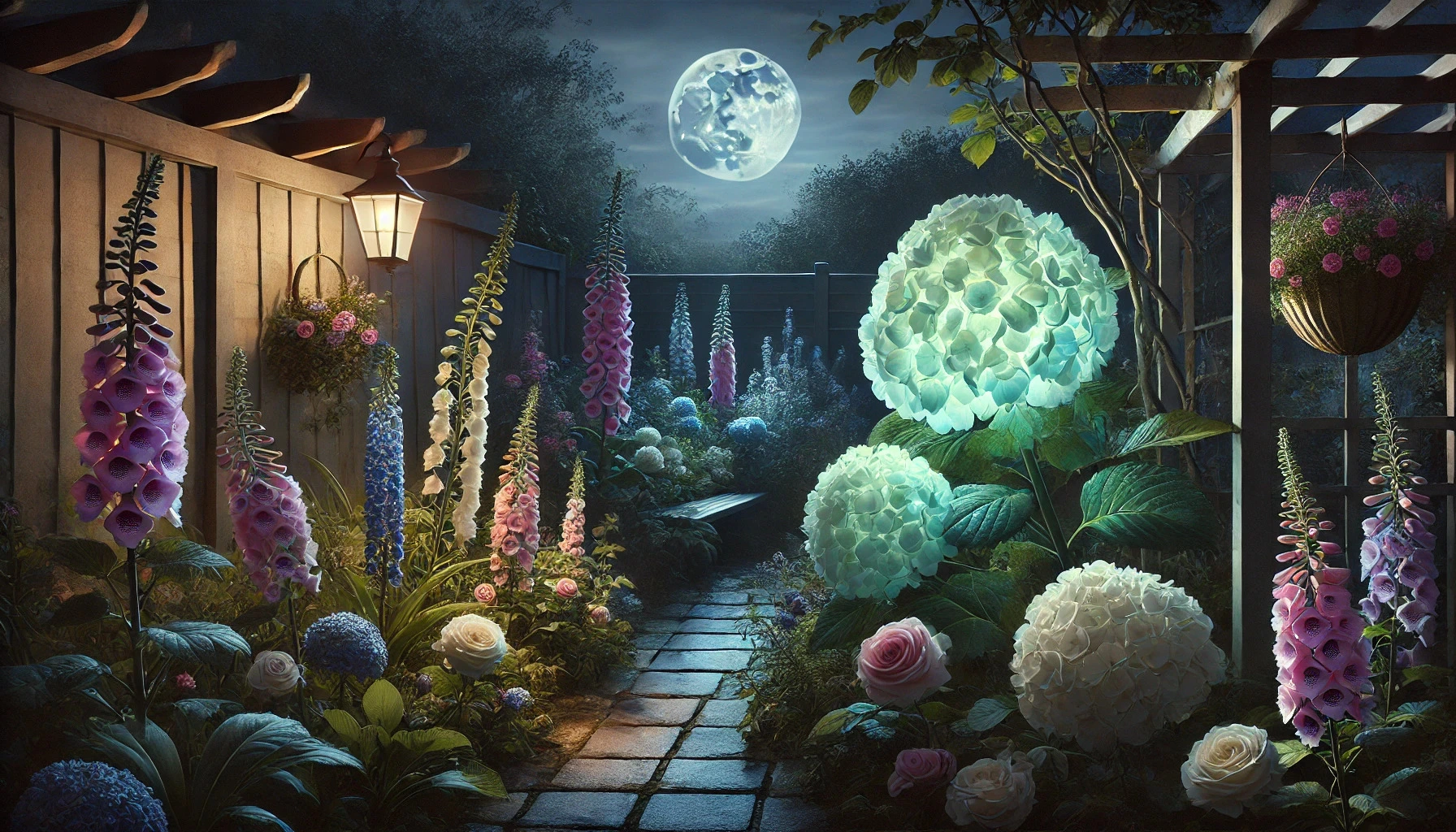
The idea of a “glow-in-the-dark hydrangea” has captured the imagination of many gardeners recently. Online forums and anecdotal accounts describe hydrangea blooms that seem to emit a faint glow at night—typically bluish or greenish in tone, visible at twilight or under moonlight. While these reports are certainly intriguing, it’s important to note that there is currently no officially registered hydrangea cultivar recognised for possessing natural bioluminescent properties.
So what might explain the visual effect that some gardeners are experiencing? There are several plausible explanations, none of which involve true bioluminescence:
Interestingly, scientists have recently made major strides in engineering plants that produce genuine bioluminescence. A 2024 study published in Nature Methods describes how researchers optimised fungal bioluminescence pathways to produce visibly glowing plants, including petunias and chrysanthemums, without the need for added chemicals or UV light. This represents a breakthrough in genetic plant engineering, although such technology remains experimental and is not yet available commercially—particularly not in ornamental species like hydrangeas.
Until developments like these become widely accessible, any so-called glow-in-the-dark hydrangea is more likely a result of light reflection or optical illusion than actual luminescence. Nonetheless, the prospect of self-illuminating garden plants remains a fascinating area of scientific research and horticultural curiosity—one that may indeed pave the way for real luminous flowers in the future.
The rumour of a glow-in-the-dark hydrangea appears to have emerged from the rich and ever-curious world of online gardening forums. Posts dating from early 2025—most notably on platforms such as Garden.org and Reddit’s r/gardening—mention sightings of a supposedly Dutch-bred hydrangea cultivar with a faintly luminous appearance at night. According to one particularly popular account, the flower exhibited a soft glow without any artificial lighting, prompting excitement and speculation among enthusiasts.
Despite the intrigue, there remains no officially registered cultivar listed under the name “glow-in-the-dark hydrangea” in any credible plant database. Searches through both the Royal Horticultural Society Plant Finder and the Missouri Botanical Garden Plant Finder return no results matching the description. Similarly, no reputable European or North American nursery has confirmed the development or sale of such a plant.
The phrase itself seems to have arisen organically-likely coined by hobbyists as a descriptive nickname rather than a formal botanical term. Much like how gardeners might refer to a particularly dark-leaved variety as “midnight hydrangea” or a vibrantly blue one as “sky bloom”, “glow-in-the-dark hydrangea” functions more as poetic shorthand than scientific label.
It is also worth noting that the gardening world is no stranger to myth-making. Over the years, countless supposed plant breakthroughs-ranging from blue roses to black tulips—have stirred similar anticipation, only to be revealed as either digital image manipulations or misunderstandings of natural phenomena like lighting, pH-induced colour shifts, or leaf pigmentation. The same could very well apply here.
Interestingly, some have speculated that the rumour might be linked to selective breeding efforts or niche experimental hybrids. The Netherlands has long been at the forefront of ornamental plant breeding, especially in bulb and cut-flower sectors, so the notion of a Dutch-bred novelty isn’t entirely implausible. However, in the absence of verified nursery listings, cultivar registration, or peer-reviewed documentation, the claim remains unsubstantiated.
For now, the “glow-in-the-dark hydrangea” remains a compelling garden legend—perhaps fuelled by hopeful eyes under moonlight, poetic imagination, or a genuine misunderstanding of light-reflective floral properties. Whether it is the spark of something to come, or simply a beautiful illusion, time and further investigation will tell.
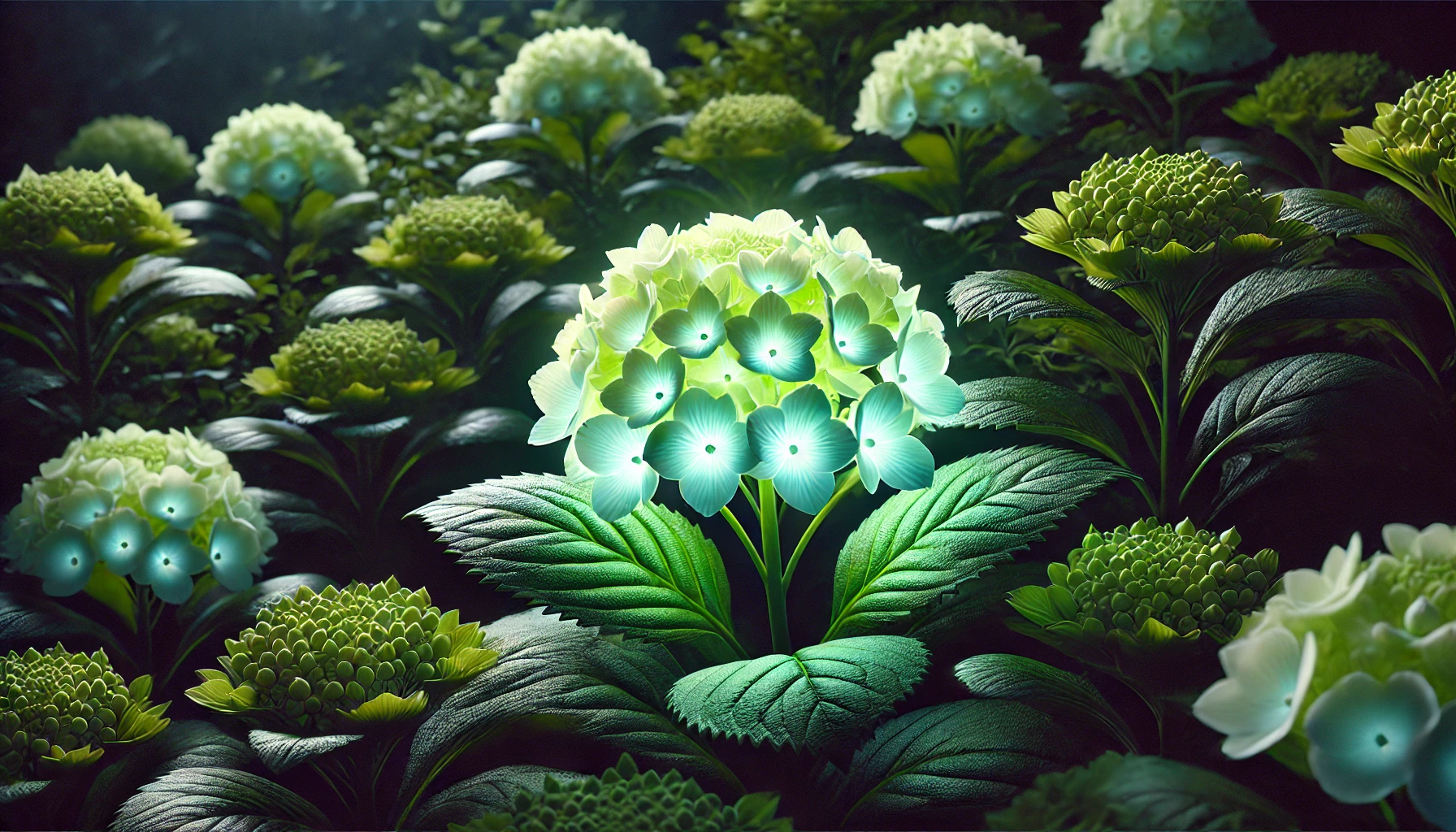
Natural bioluminescence - the biological ability of living organisms to emit light-is a fascinating but rare phenomenon in nature, and it is virtually absent in the plant kingdom. While it is common among deep-sea creatures, fireflies, and certain fungi, higher plants do not possess the genes required to produce light-emitting molecules such as luciferin, nor the enzymes (like luciferase) to catalyse such reactions.
However, recent advances in synthetic biology have begun to challenge that limitation. In a 2024 peer-reviewed study published in Nature Methods, scientists reported a significant breakthrough: they successfully engineered flowering plants, including petunias and chrysanthemums, to emit visible light using an enhanced fungal bioluminescence pathway. These plants glowed autonomously without the need for external chemical treatment, and the effect was visible to the naked eye under low-light conditions. The study demonstrates the potential of bioluminescent plants for research and ornamental use, though the technology remains confined to experimental settings and is not yet commercially available. Read the study.
Beyond genetic engineering, there are other light-related phenomena that can cause plant tissues to appear as though they are glowing. Fluorescence refers to the ability of certain pigments to absorb ultraviolet (UV) or blue light and re-emit it as visible light. This effect is occasionally observed in plants under specific lighting conditions, particularly in species rich in flavonoids or other fluorescent compounds. However, fluorescence requires a UV or blacklight source to be seen, making it highly unlikely in standard garden settings.
Similarly, phosphorescence - a longer-lasting glow seen after exposure to light—is not known to occur naturally in plants. Most reports of plants "glowing in the dark" are more accurately explained by optical effects rather than biochemical processes.
Perhaps the most relevant explanation for the so-called glow-in-the-dark hydrangea is simple light reflectivity. Pale-coloured hydrangea sepals, especially those with white or cream tones, can reflect ambient light—such as moonlight, streetlamps, or garden lighting—in a way that creates a glowing illusion. This is a purely physical phenomenon and should not be confused with true luminescence.
In conclusion, while genetically engineered glowing plants are scientifically possible and actively being researched, no naturally bioluminescent hydrangea exists, nor has any such cultivar been made available for horticultural use. Most instances of perceived glow are likely caused by reflectivity, optical illusions, or wishful interpretation in low-light environments.
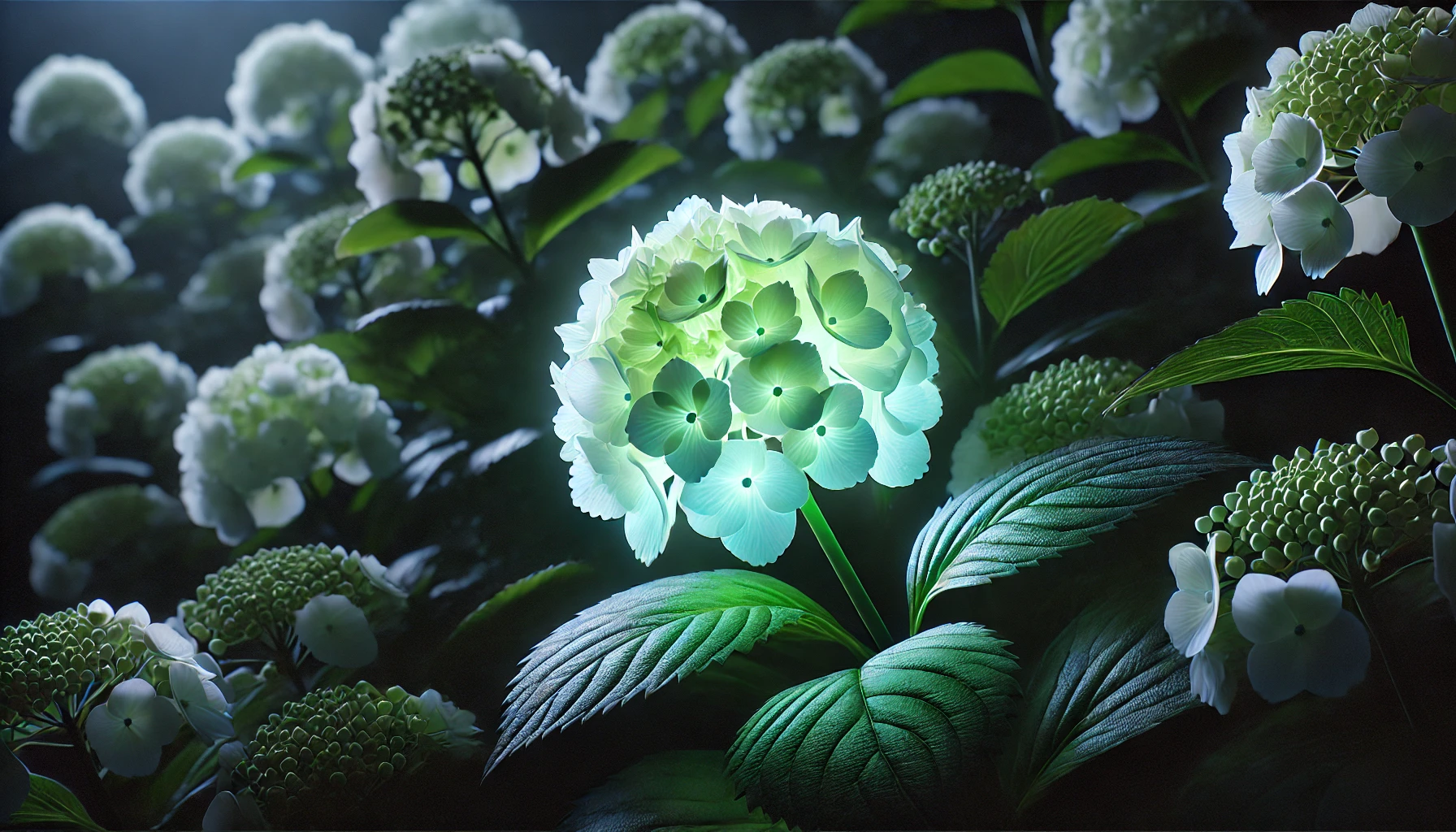
The plant in question is said to originate from a low-production Dutch collection, though specifics remain elusive. There is no public record of such a cultivar being tested, registered, or offered through official channels. Whether the reports stem from a private hybridisation effort, a developmental prototype, or a simple misinterpretation of light interacting with plant tissue remains uncertain.
As with many garden legends, the “glow-in-the-dark hydrangea” currently resides in the grey zone between speculation and science. Without verifiable data or direct breeder confirmation, the claim must be treated cautiously—but not necessarily dismissed outright. Scientific progress, especially in the field of plant genetics, often begins with an idea that once seemed improbable.
While the dream of a truly luminous hydrangea is undeniably captivating, it remains - for now - a botanical curiosity rather than a horticultural reality. Yet the history of plant breeding is filled with once-unthinkable achievements. From hydrangeas that shift colour with soil pH to frost-tolerant tropical species and disease-resistant roses, breeders consistently push the boundaries of what’s possible in ornamental horticulture.
With the advent of advanced gene editing tools such as CRISPR, as well as refinements in traditional hybridisation techniques, it is entirely plausible that plants with soft luminescent traits may become achievable. Whether through engineered bioluminescent pathways or the manipulation of reflective pigments, the concept is no longer pure science fiction. That said, the current focus remains within research labs, not garden centres.
It’s important to distinguish between scientific possibility and market readiness. Bioluminescent plant lines-while real in controlled conditions—face significant hurdles in terms of regulation, public perception, production scalability, and safety. As of now, no commercially available garden plant, including hydrangeas, offers true self-sustained luminescence.
Until further developments emerge, gardeners should treat any claims of a “glow-in-the-dark hydrangea” with curiosity but caution. Explore with wonder, but keep expectations grounded—and perhaps a torch nearby for good measure. After all, sometimes the most magical light in a garden comes from reflection, not radiation.
No recognised or registered hydrangea cultivar has been confirmed to naturally glow in the dark. While some gardeners have described glowing effects, there is no verified scientific or horticultural evidence of such a plant existing to date.
No. Hydrangeas, like all known higher plants, do not possess the natural biochemical pathways—such as luciferase systems—required for bioluminescence. The phenomenon is typically found in fungi, insects, and marine life.
Yes. It’s highly plausible that pale or white hydrangea sepals reflect moonlight or ambient light in a way that creates a glowing illusion. This is a passive optical effect, not actual light production by the plant.
In theory, yes. Scientists have already engineered other plant species (such as petunias and tobacco) to emit faint light using genes from bioluminescent fungi. However, this has only been achieved in controlled lab settings and not yet applied to hydrangeas.
Most claims are anecdotal and not backed by visual evidence captured under verifiable conditions. In low light, reflective plant surfaces can appear to glow, but that’s not the same as documented bioluminescence.
One online report in early 2025 described a rare Dutch-bred hydrangea with a subtle night-time glow. However, there is no official record of such a variety, and no breeder or nursery has confirmed its existence. It remains unverified.
Possibly. Research into bioluminescent plants is ongoing and evolving. While not yet available to the public, the science behind glowing flora is real and advancing—though commercial use may still be years away.
In summary, there is no verifiable evidence that glow-in-the-dark hydrangeas exist in any commercial or botanical capacity. While intriguing reports and personal accounts have circulated online, they remain unsubstantiated by scientific research or cultivar registration.
That said, the idea has clearly taken root in the imagination of many gardeners - and perhaps that’s no surprise. We live in a world where plants can change colour based on soil pH, where roses can bloom in winter, and where science is beginning to cross paths with what once seemed like pure fantasy.
When I was a child, I often imagined magical gardens—quiet, moonlit places where flowers glowed softly in the dark and strange, wondrous plants whispered stories in the wind. Part of me still carries that vision. And perhaps that’s why the idea of a glowing hydrangea, however unlikely, still makes me pause and wonder: what if?
Whether it turns out to be the result of clever breeding, experimental genetics, or simply the soft trick of moonlight on a pale sepal, this is one garden mystery we’ll be watching with keen eyes and open minds.
At HydrangeaLibrary, we’ll be sure to update you should this botanical legend ever bloom into scientific fact.

Discover the Hydrangea serrata 'Euphoria Pink', a stunning variegated hydrangea with vibrant pink blooms. Learn about its characteristics, cultivation, and care in this comprehensive guide.
Read More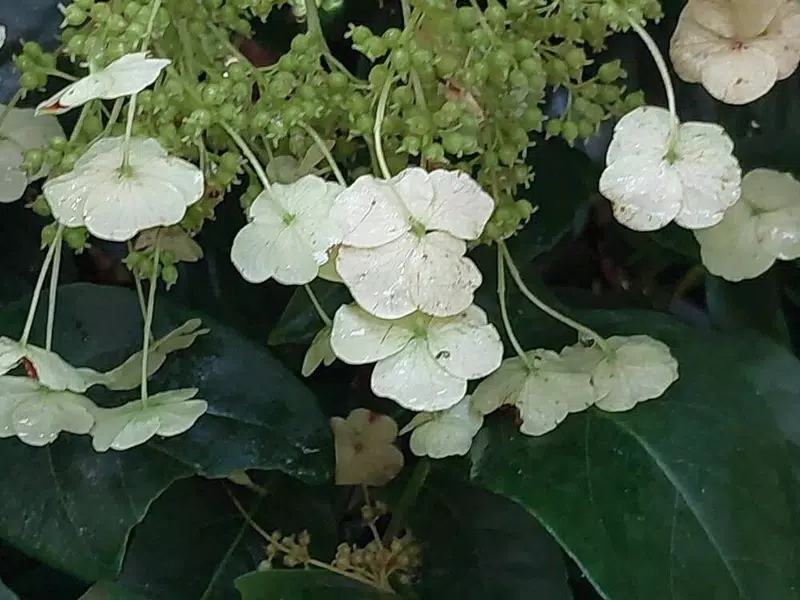
A complete guide to Hydrangea seemannii, including planting, pruning, soil adjustments, eco-friendly pest management, propagation, and garden design ideas.
Read More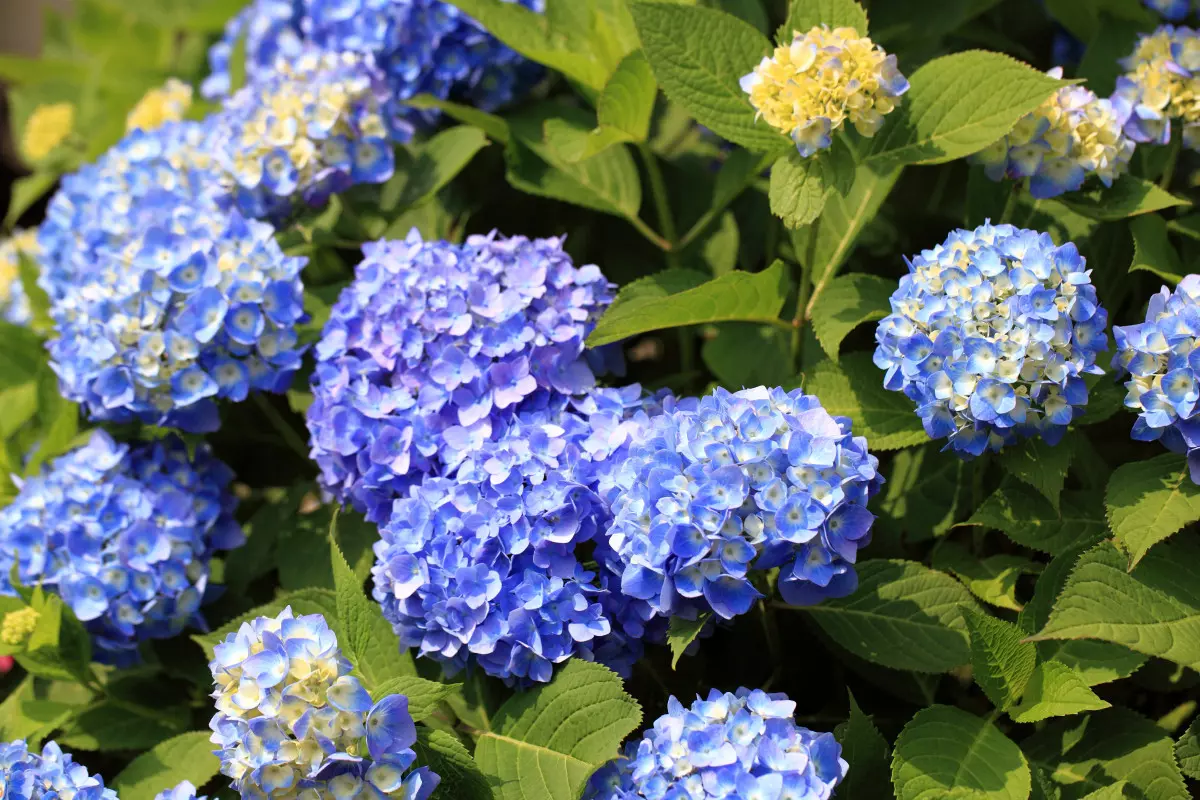
A comprehensive guide on planting and caring for hydrangeas, covering site selection, soil preparation, planting steps, watering, fertilising, pruning, and pest management.
Read More